
At the turn of the millennium, Tony Hawk’s Pro Skater video games brought together the best of the gaming and skateboarding worlds. And while the series was popular for letting anyone land a virtual ollie or kickflip, it also became known for its soundtrack. So when news broke that Tony Hawk’s Pro Skater 1 + 2 would be remastered and released later this year, skaters, gamers, and audiophiles rejoiced.
For original fans, the game will have a familiar look, feel, and sound—but there will also be some major modern upgrades. The soundtrack includes a lineup of throwbacks from the original game and newer songs from up-and-coming artists. And with genres spanning rock, punk, and rap, there’s sure to be a little something for everyone.
“I think that the new game is going to make fans remember why they enjoyed this series in the first place,” Tony Hawk told For the Record. “Since many of us have been stuck at home, people have told me they’ve busted out their old consoles to play our video games, especially the first two, because it brings them back to a time they remember fondly. When they see what we’ve offered them in the new game, in terms of upgrading, remastering, and the new music, I think they’re going to love it. I can already feel the excitement and people haven’t even gotten their hands on it yet.”
The new game launches September 4, but the wait for the soundtrack lineup is over. On July 28, Activision teamed up with Noisey for an exclusive virtual concert where the set list for Tony Hawk’s Pro Skater 1 + 2 was revealed. The show featured performances by some of the game’s new musical additions, including CHAII, Merkules, Machine Gun Kelly, and Rough Francis.
Alongside these new artists, the soundtrack will also feature iconic songs from the original game including Bad Religion’s “You” and Goldfinger’s “Superman.”
“I get a lot of feedback about the game’s music, specifically ‘You’ and ‘Superman,’” says Hawk. “People tell me that was the starting point for their musical interest when they played the game during their formative years. I’m thankful that these bands are still performing and that they’re still supporting us in this remaster.”
For the Record also caught up with Bad Religion’s Jay Bentley and Goldfinger’s John Feldmann to talk about the new game and find out why they think music and skateboarding go hand in hand.
Other than appearing on the Tony Hawk soundtrack, does your band have a personal connection to skate culture?
Bentley: We were recording Suffer, No Control, and Against the Grain around the same time that camcorders were becoming popular. A lot of people used them to shoot skate videos. People started asking us if they could use our songs in their videos, and we would always say, “Yeah, of course!” I don’t think any of us realized at the time that we were part of a culture bubble that was growing so exponentially.
Feldmann: I discovered so many bands like T.S.O.L., Social Distortion, and Dead Kennedys through skate culture, mostly through the skateboarding magazine Thrasher. There was also a connection between our band and the culture itself. I remember this one show we played where the audience was just okay. Then we played “Superman” and the crowd went ballistic. We didn’t know what was going on. After the show we realized that the song was in the Tony Hawk game and that’s how all these people discovered our band.
Speaking of, can you give us some background on “Superman”? Did you expect it to still be popular 20 years later?
Feldmann: I wrote “Superman” in 1994 in my Santa Monica apartment in probably 15 minutes. It was too late to make it onto the album we were working on at the time so when Tony Hawk’s team asked us for an unreleased song, it was just sort of there. I never thought much of the song at first, but I’m grateful that it’s still relevant.
What do you think was key to the popularity of the Tony Hawk soundtrack when it was first released and also today?
Bentley: I think when people hear something at a specific time in their life, like playing video games over summer vacation, those memories stick with you. You always have that good feeling when one of those songs comes on.
Feldmann: I just think that music and skateboarding go hand in hand, it always has. Even when I was a kid, we would make our own soundtracks on cassettes based on whatever we were listening to at the time and play those while we skated.
How do you think your band has changed from your first album to your most recent?
Bentley: I remember years ago, [guitarist and songwriter] Brett Gurewitz said that one of the hardest things for him was to express a lifetime of emotion in two minutes. That’s something that we’ve always strived to do. I think as a band, we’ve gotten better at putting out our feelings in a way that’s easier to understand.
Feldmann: When I started, I never listened to anybody. I just made records that I wanted to make and I wrote songs that I thought were interesting. I’m still making music for myself, but now I’m also thinking about what kind of reaction songs are going to have live and how much fun I’m going to have playing them at shows.
Is there an artist or a band that has inspired your sound that fans might be a little surprised to learn?
Bentley: When we started, we each had our own favorite band. I came in loving The Clash, Greg was really big on the U.K. Subs, and Brett was into the Ramones. Between all of us, we discovered that the only artist that we all liked was Elvis Costello. I don’t think that we tried to replicate his sound, but more his attitude and style.
Feldmann: The Police are my favorite band of all time. Coldplay has also had a huge influence. Their sounds are so lush and they’re incredibly cinematic.
Why are you, personally, excited for the new Tony Hawk Pro Skater playlist?
Feldmann: This game is going to be incredible. But for me, people are going to play it and our song’s going to be in it. What more could I ask for than having a song that’s survived so long that’s going to come back around again? “Superman” was never a song that was on the radio or a big hit, but on an underground level, I don’t think there’s anything bigger.
Stream songs from the Tony Hawk Pro Skater 1 + 2 soundtrack now, available on Spotify.
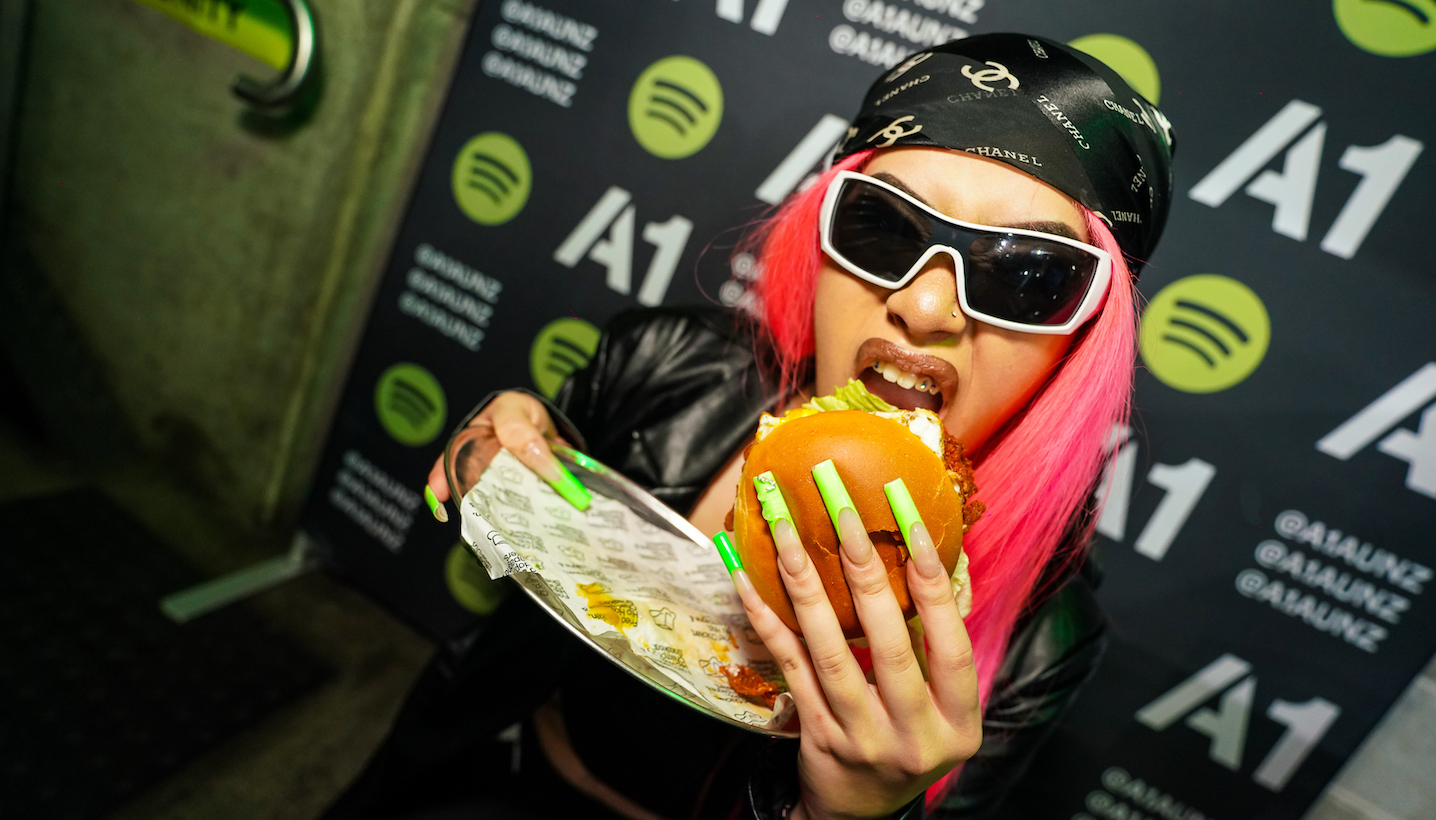




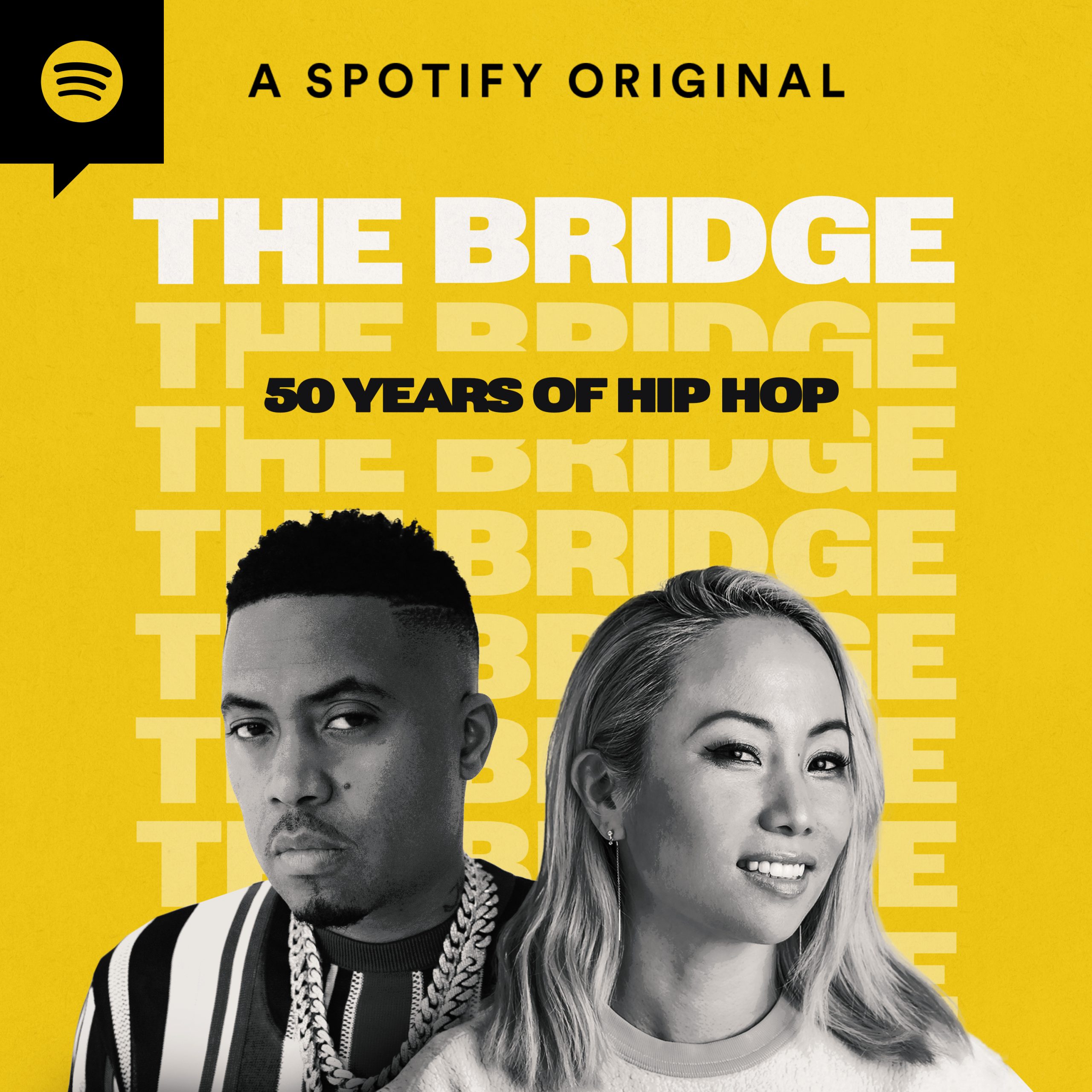
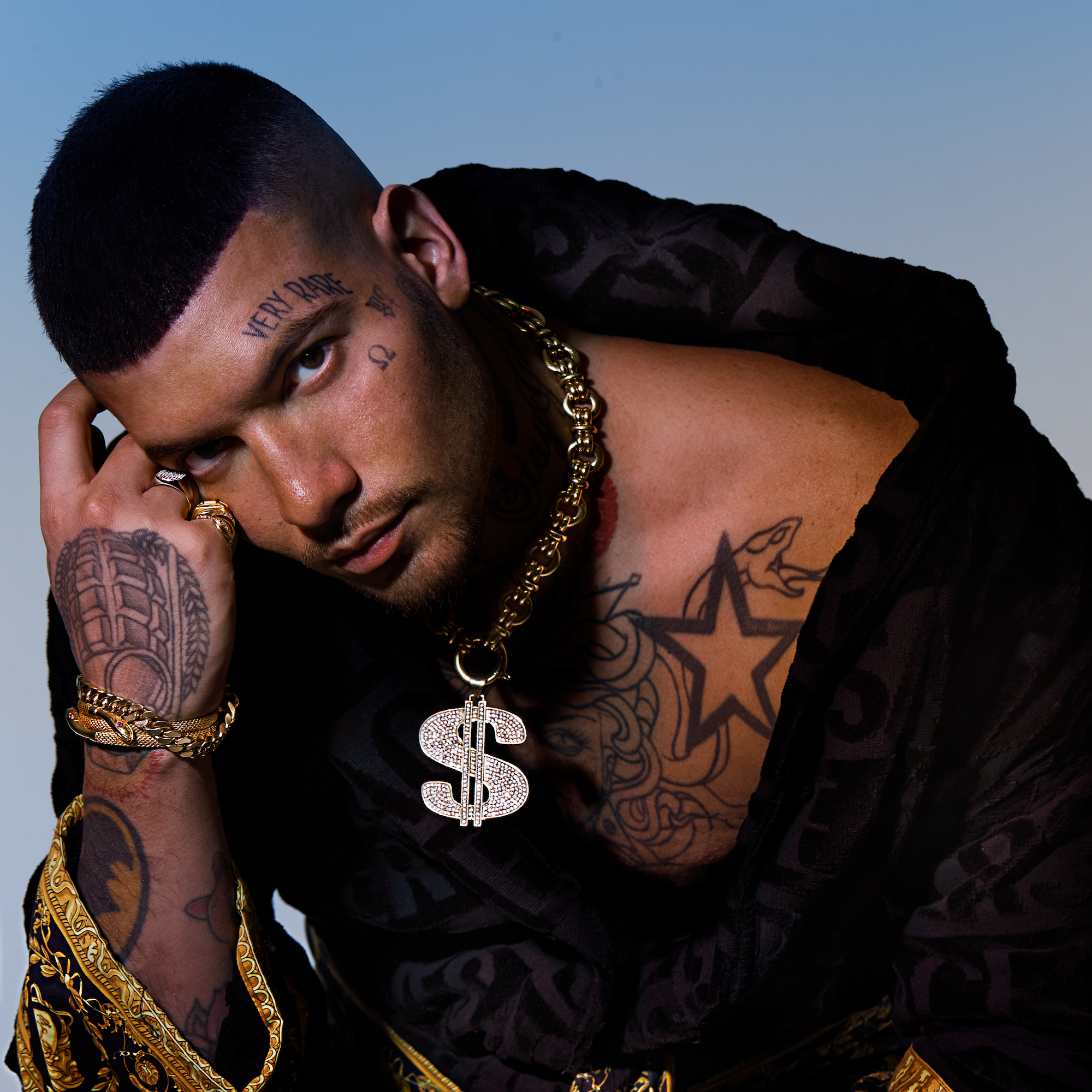
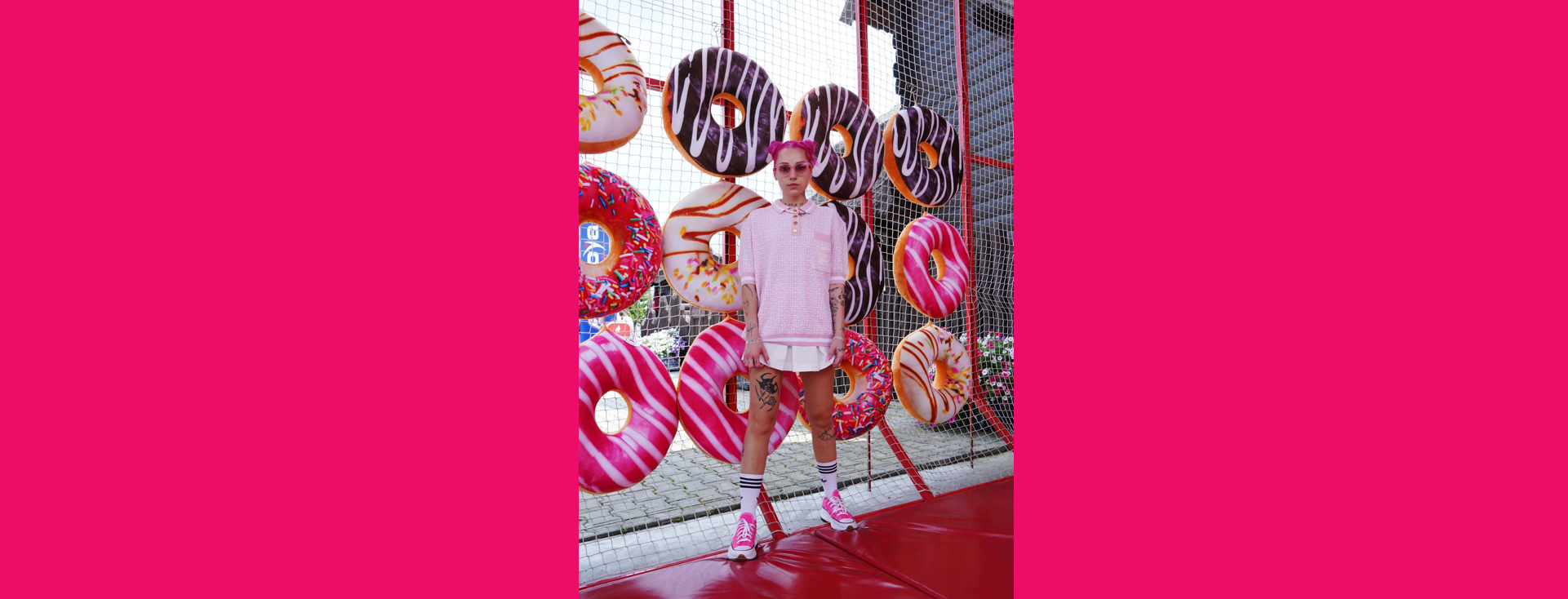

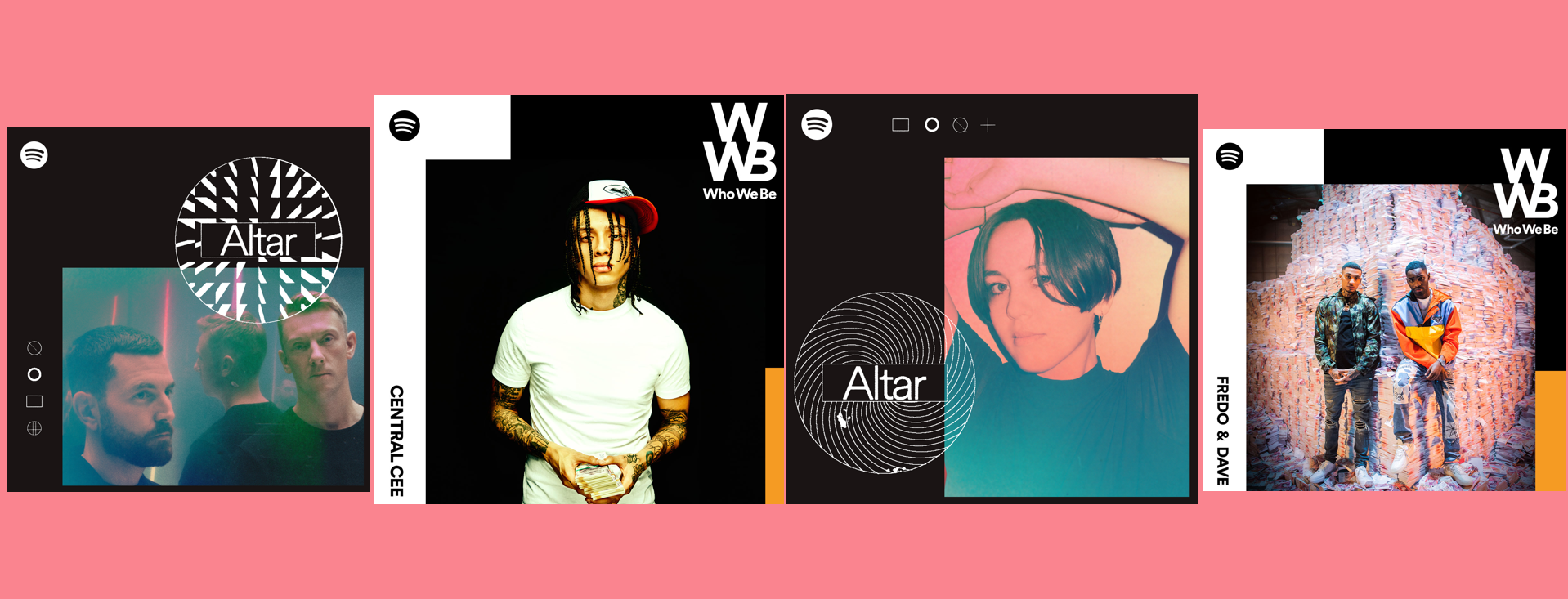
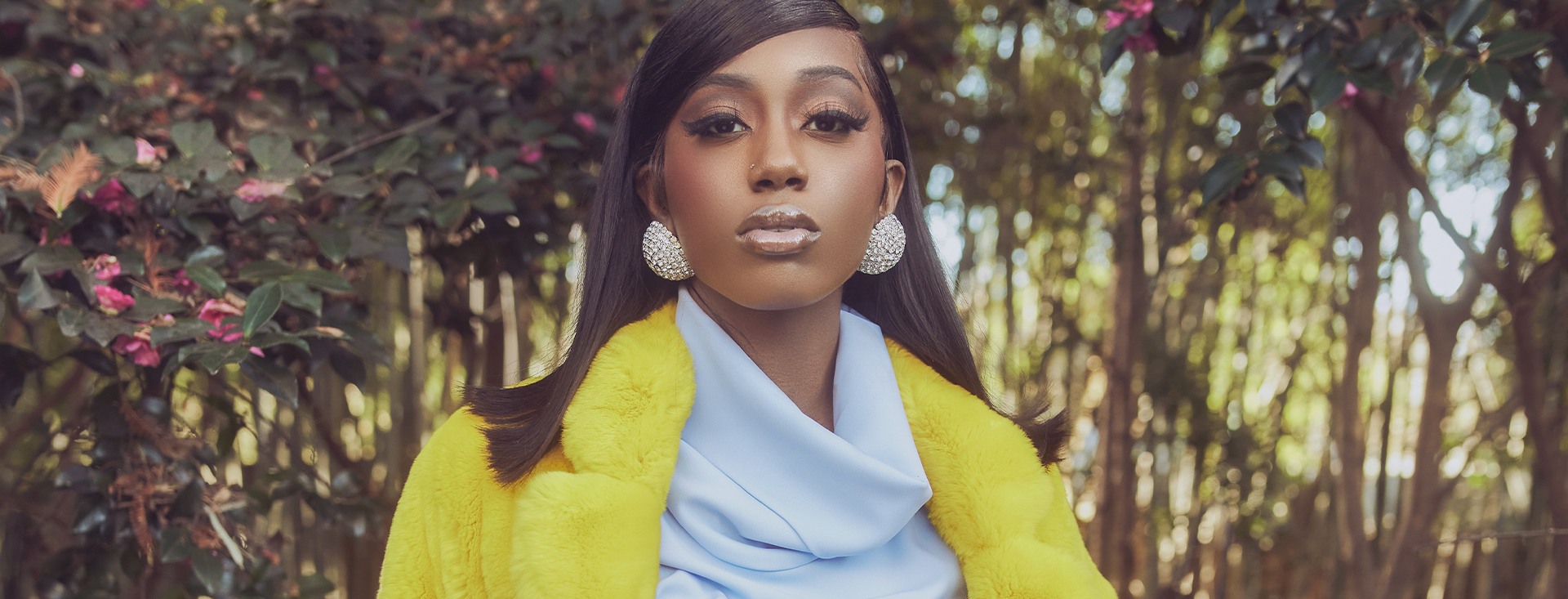
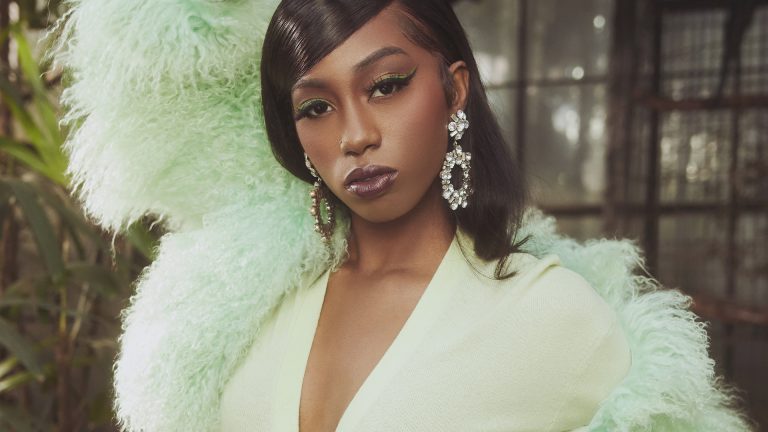

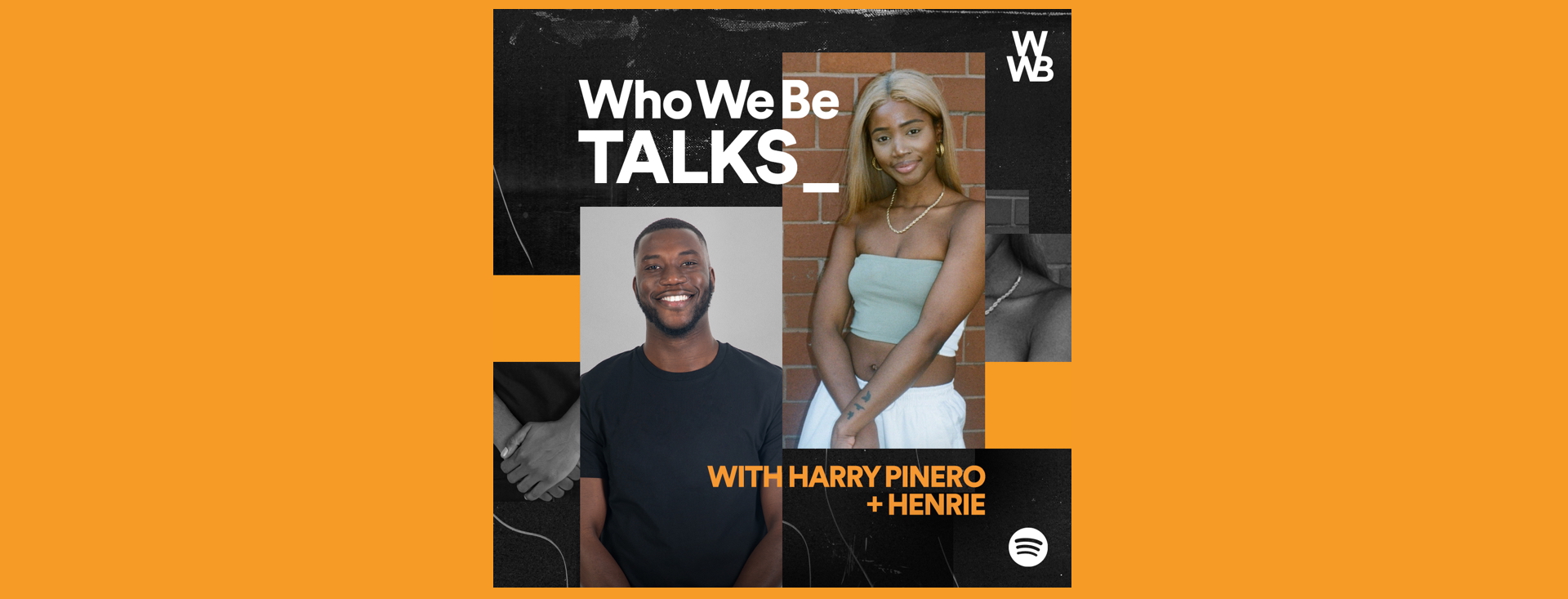
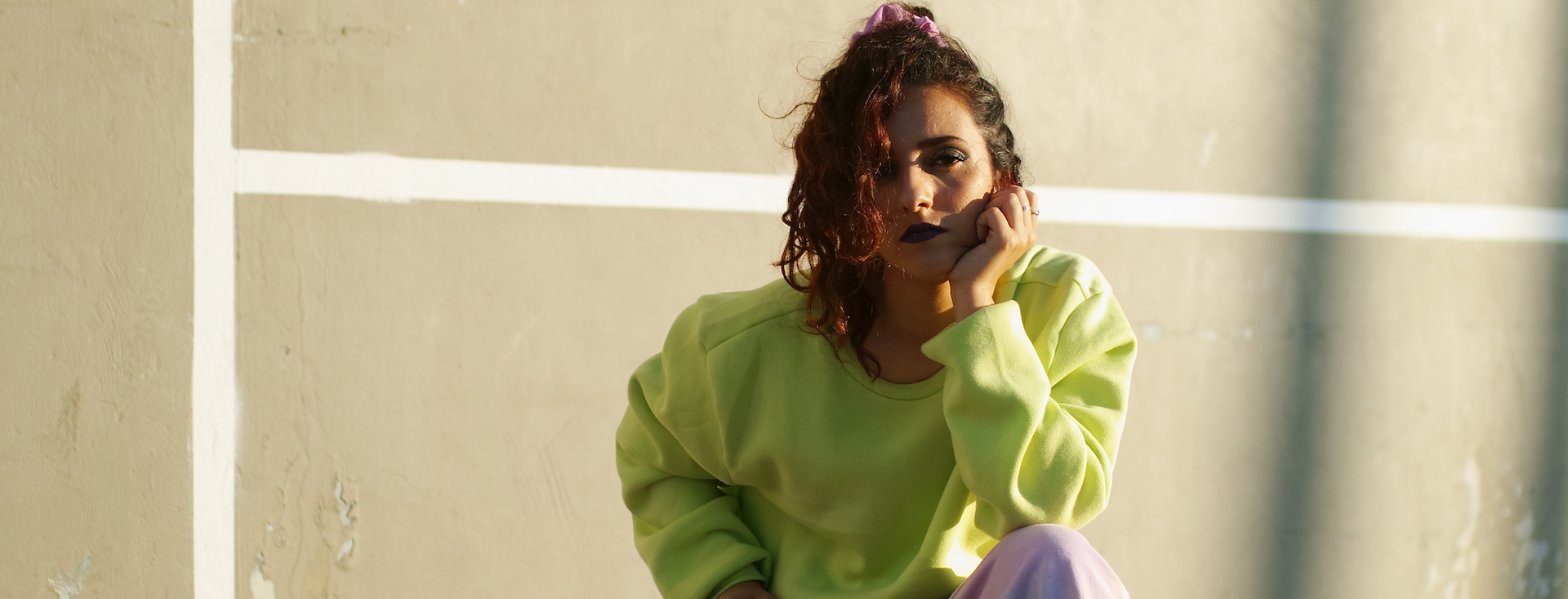


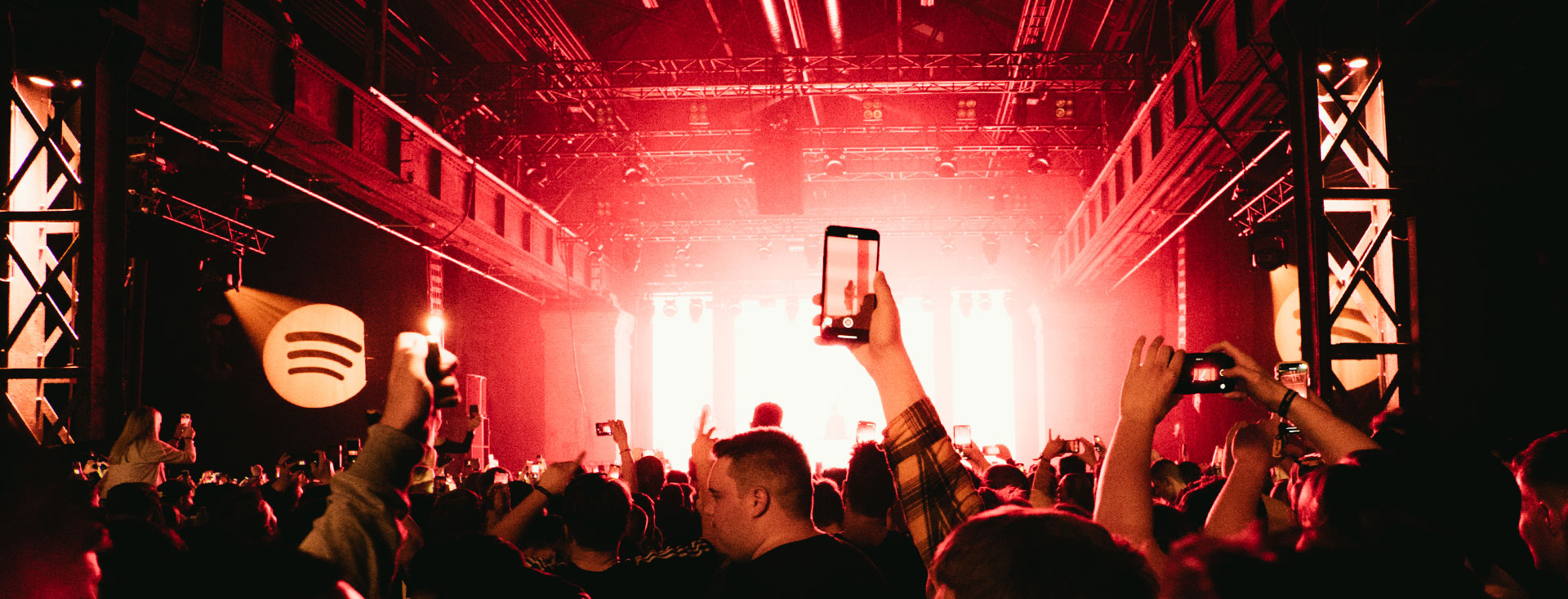
Recent Comments